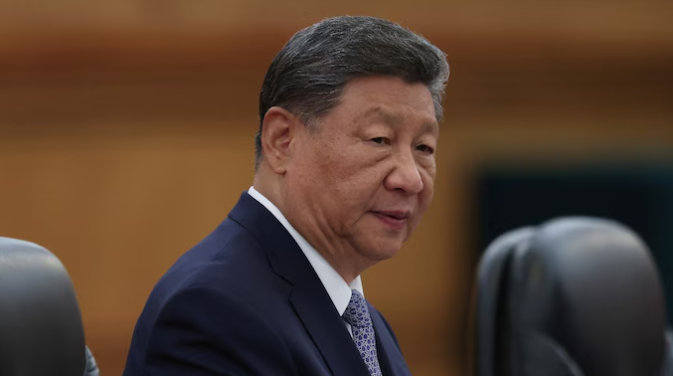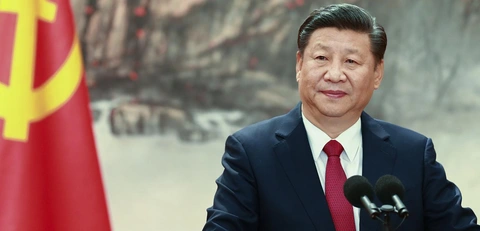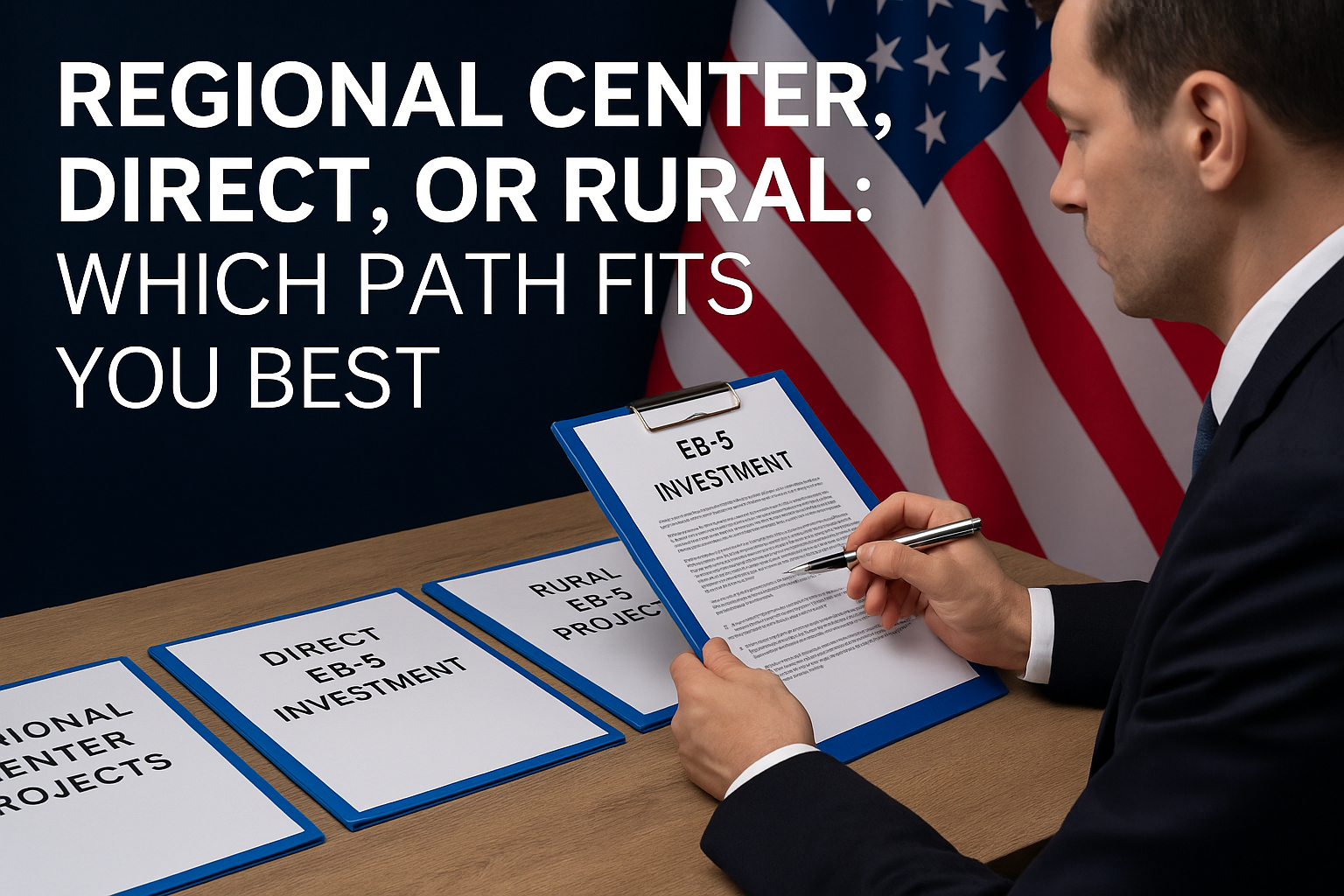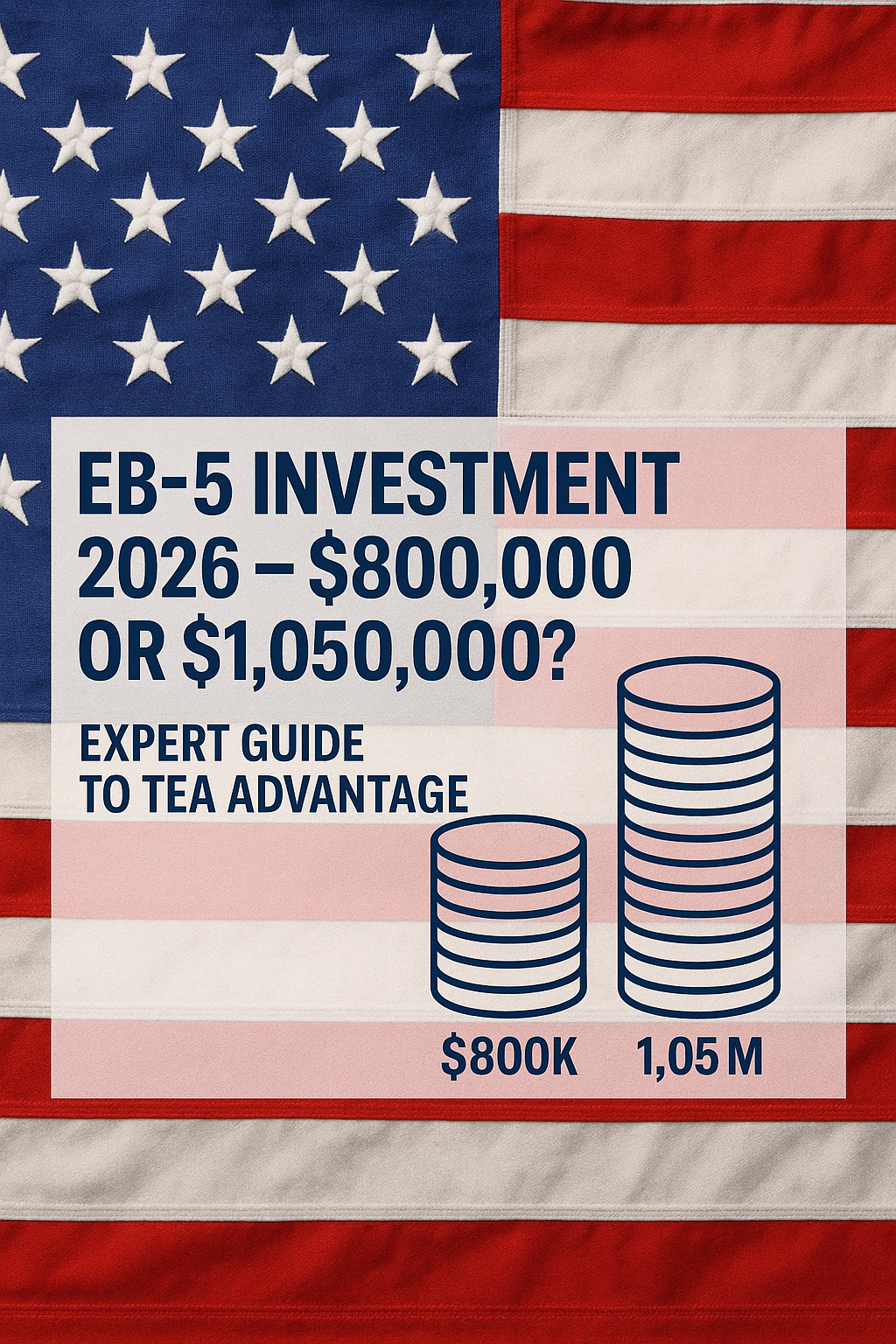China is set to launch its K Visa from October 1, 2025, a newly introduced visa category aimed at attracting international young professionals in science, technology, engineering, and mathematics (STEM). The launch comes at a moment when the U.S. has introduced steep fees on H‑1B visa filings—providing China with a window to position itself as a more welcoming destination for global technical talent.
Why Now: U.S. H‑1B Policy Pushes Talent in China’s Direction
Recent U.S. immigration policy changes, notably a $100,000 one‑time fee for new H‑1B visa applications, have stirred concern among high‑skilled professionals globally. Many industry watchers believe this change has opened an opportunity for other countries to lure international STEM workers, and China’s K Visa is widely seen as a strategic counter‑move.

Key Features of the China K Visa
The K Visa is structured to reduce common barriers that foreign STEM talent often faces when applying for visas. Some of its most notable attributes:
-
No employer sponsorship required — applicants need not have a Chinese employer or prior invitation, a departure from many work visa models.
-
STEM focus — eligibility is expected to include degree holders (bachelor’s or higher) in STEM disciplines, or those engaged in relevant research or innovation institutions.
-
Flexible stay and multi‑entry features — holders may enjoy longer durations of stay, more permitted reentries, and increased visa validity compared to more restrictive visa types.
-
Permitted scope of activity — beyond research and academic work, the K Visa allows engagement in entrepreneurship, business innovation, education and cross‑border exchanges.
Potential Impacts and Strategic Implications
China’s K Visa could shift talent flows in several ways:
-
Talent diversion from the U.S.: with higher barriers arriving in the U.S., China becomes an attractive alternative for many STEM professionals, especially those reluctant to long waits, high costs, or sponsor dependency.
-
Boost to China’s innovation ecosystem: by simplifying visa access for young researchers and tech workers, China may accelerate its domestic R&D, startup growth, and foreign‑led collaboration.
-
Soft power & global positioning: Rolling out a more lenient, attractive visa policy improves China’s image among international students, researchers, and tech entrepreneurs, especially in developing countries.
Outstanding Questions & Challenges
While the policy is promising, several points remain to be clarified:
-
Age limit & definition of “young”: What exactly qualifies as “young” in the Visa K rules, and how flexible will the rules be for slightly older but still early career individuals?
-
Validity durations: How many years will the visa be valid, and how often can holders renew or re-enter?
-
Residency or permanent stay options: Will holders of the K Visa have pathways to longer‑term stay, or even permanent residency, or will it strictly remain temporary?
-
Security and oversight: Given the sensitivity of tech fields, China will likely balance openness with controls over IP, research security, and alignment with national priorities.
What Applicants Should Do Now
For STEM graduates and professionals considering the K Visa, here are some preparatory steps:
-
Verify your academic credentials and research experience.
-
Be ready to present proof of innovation, publications, entrepreneurial work, or institutional association.
-
Monitor guidelines published by Chinese embassies and consulates (application forms, document checklists).
-
Consider local opportunities in Chinese tech hubs where demand for foreign talent may be high.
China’s K Visa represents a calculated move in the global competition for talent. By lowering traditional barriers, especially around employer sponsorship, and offering flexibility, China aims to position itself more favorably among STEM professionals who might be weighing other options.
The effectiveness of the K Visa will depend heavily on execution, clarity of rules, and China’s ability to retain foreign talent. If implemented smoothly, this visa program could alter migration and innovation flows between Asia, the U.S., Europe, and beyond.
Follow us on social media and website for more insights!













